Scientists are very excited at the discovery of a 44,000 year old wolf.
The male predator was preserved in the Siberian ice for millennia. Global warming has melted some of the ice so that the body was discovered.
Most Complete
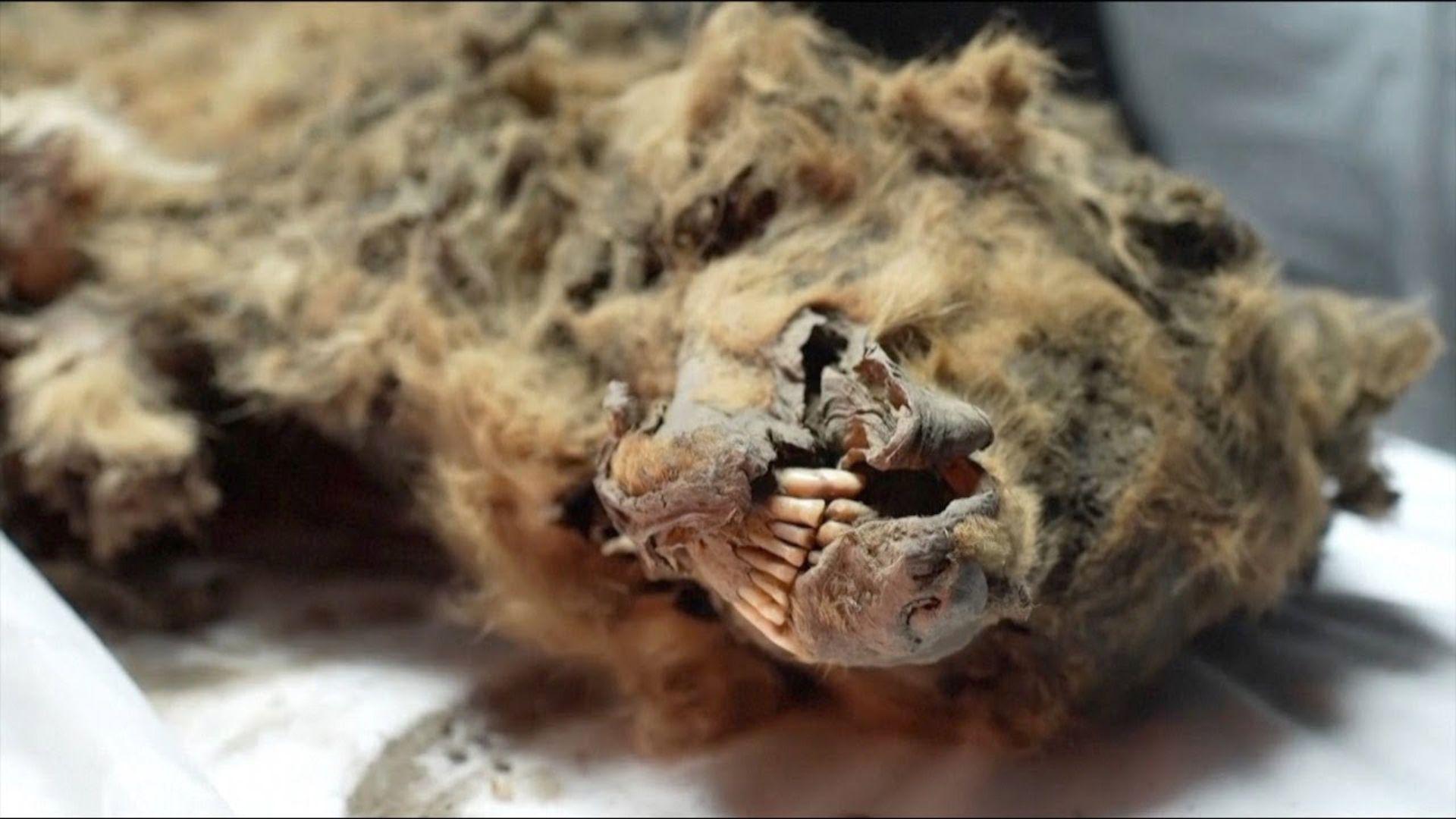
He is, to date, the most complete ancient wolf to be discovered this way.
He belongs to an extinct species of ancient wolves and he is preserved immaculately, with hair, organs and even the contents of his stomach still intact.
Other Animals Found
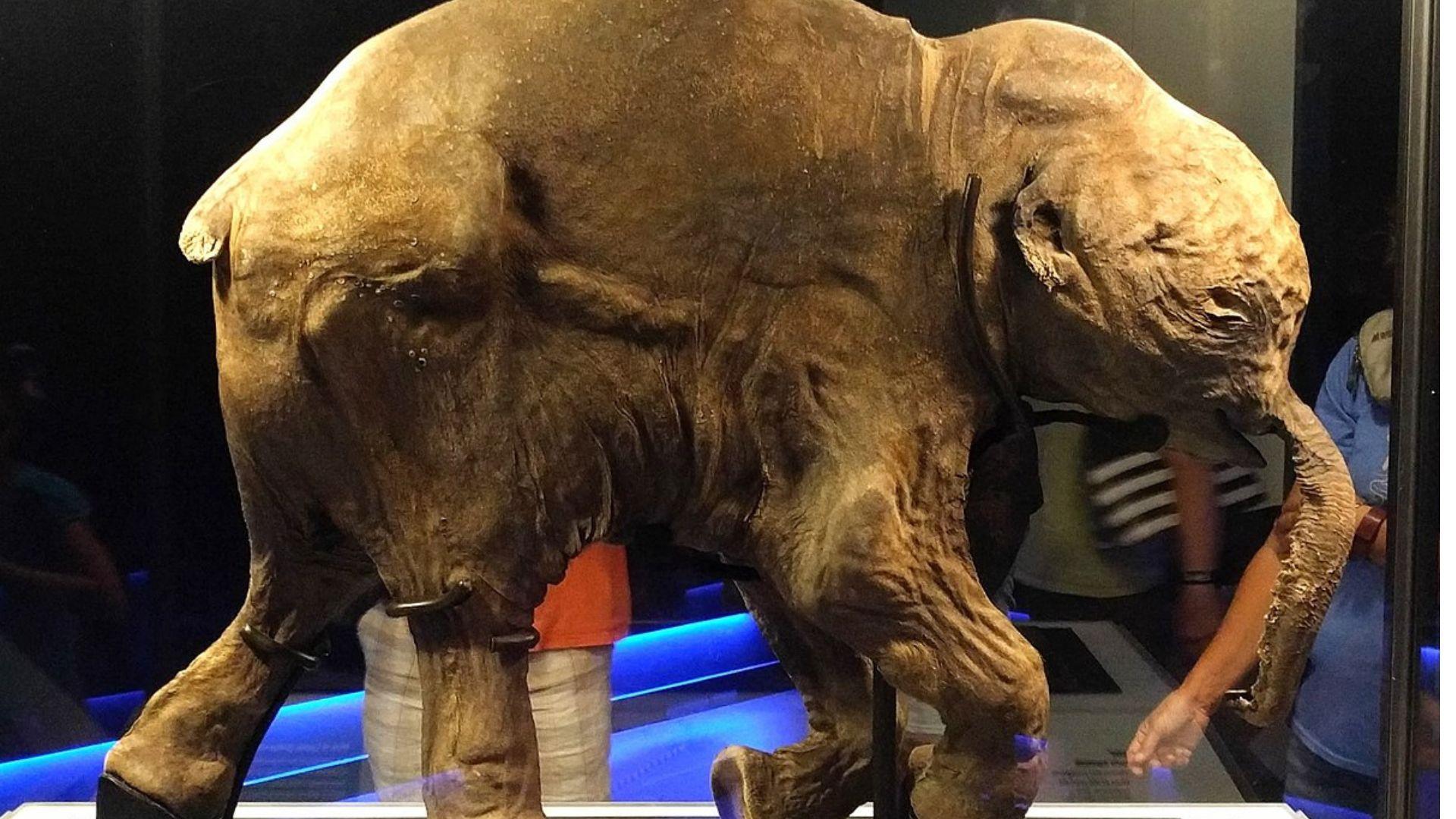
The wolf is not the only complete animal to be lifted out of the ice.
A whole baby mammoth was discovered in Canada in 2022 and other animals have been uncovered elsewhere. But it is unusual for a meat-eating predator to be so well preserved.
Pleistocene Era
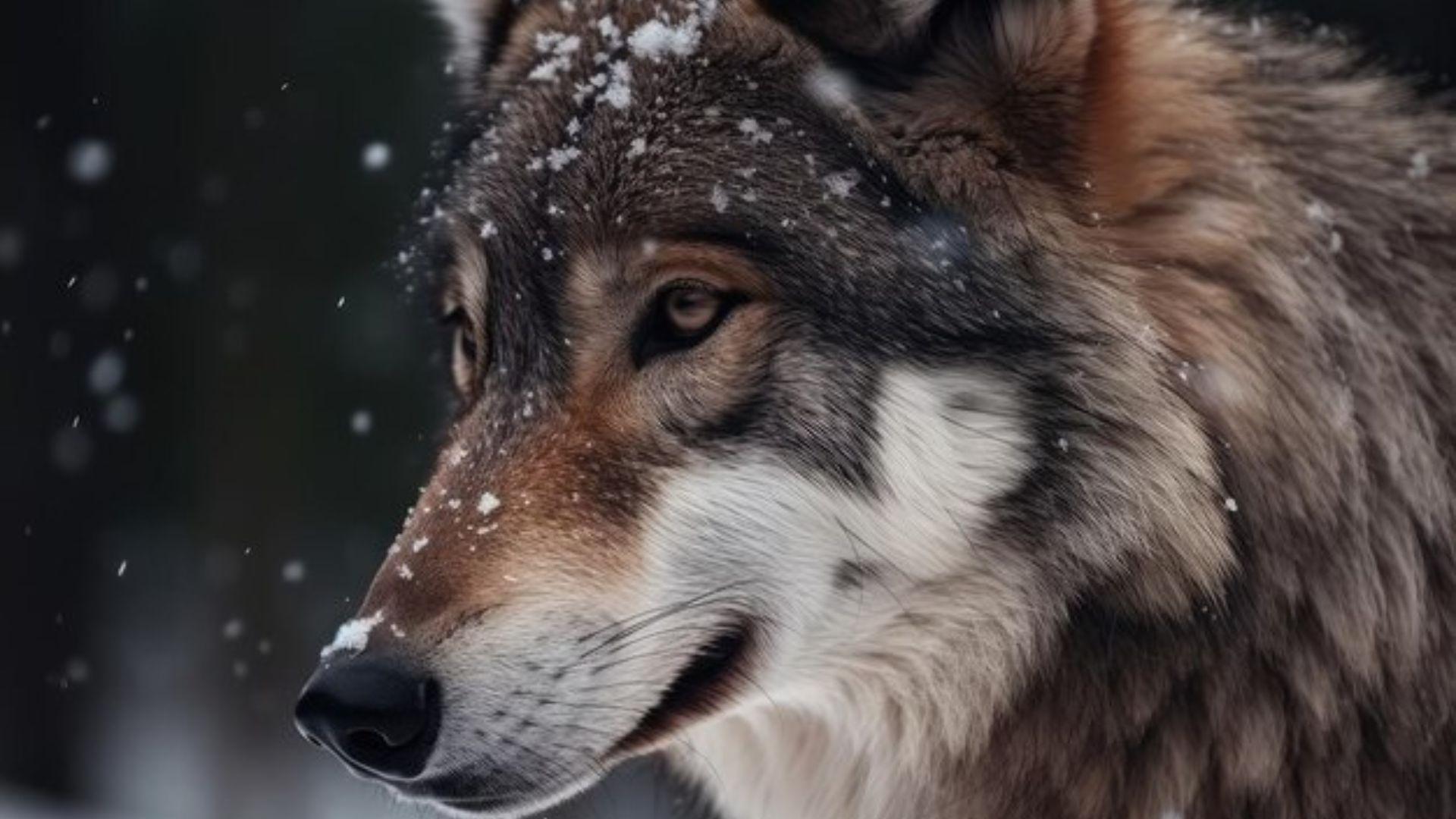
The wolf comes from the Pleistocene era. Commonly known as the Ice Age.
He would have been bigger than modern wolves. Almost as big as some bears. Studying the wolf will lead to discoveries about what predators ate, how they lived and how ancient wolves are related to modern ones.
What Rises With Him

What has risen with the mummified wolf may not be so pleasant.
Viruses and bacteria can survive for many thousands of years as dormant organisms in permafrost – permanently frozen soil.
Still Harmful
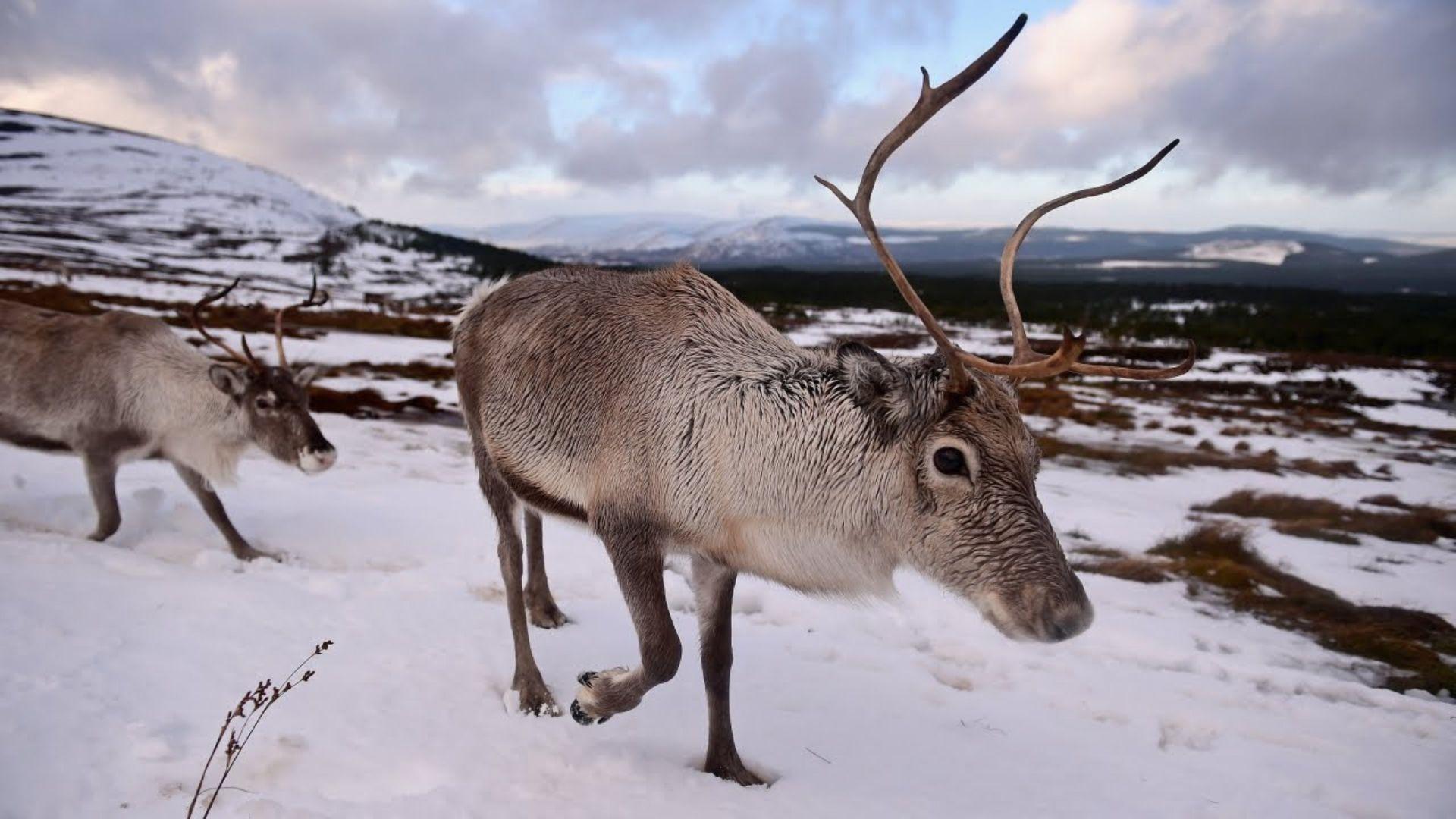
Some of the viruses and bacteria that rise with preserved animals are dead and harmless.
Some are still alive and can become infectious again. In 2016 an anthrax outbreak in Siberia which made several people ill and killed a child was linked to an ancient reindeer carcass that had been revealed by melting ice and was still infected.
Future Concern

There is a danger that global warming will enable some ancient viruses to re-infect animals and humans.
One of the reasons why the 44,000 year old wolf is important is because his stomach contains some of these ancient microbes.
Studying as a Preventative

In studying the ancient microbial community, scientists may be able to better understand modern diseases.
They may also find microbes that can help in developing vaccines and treatments for modern diseases. And should it happen that an ancient disease rises up from the permafrost and infects humans, they are likely to be better prepared.
Another Ancient Wolf
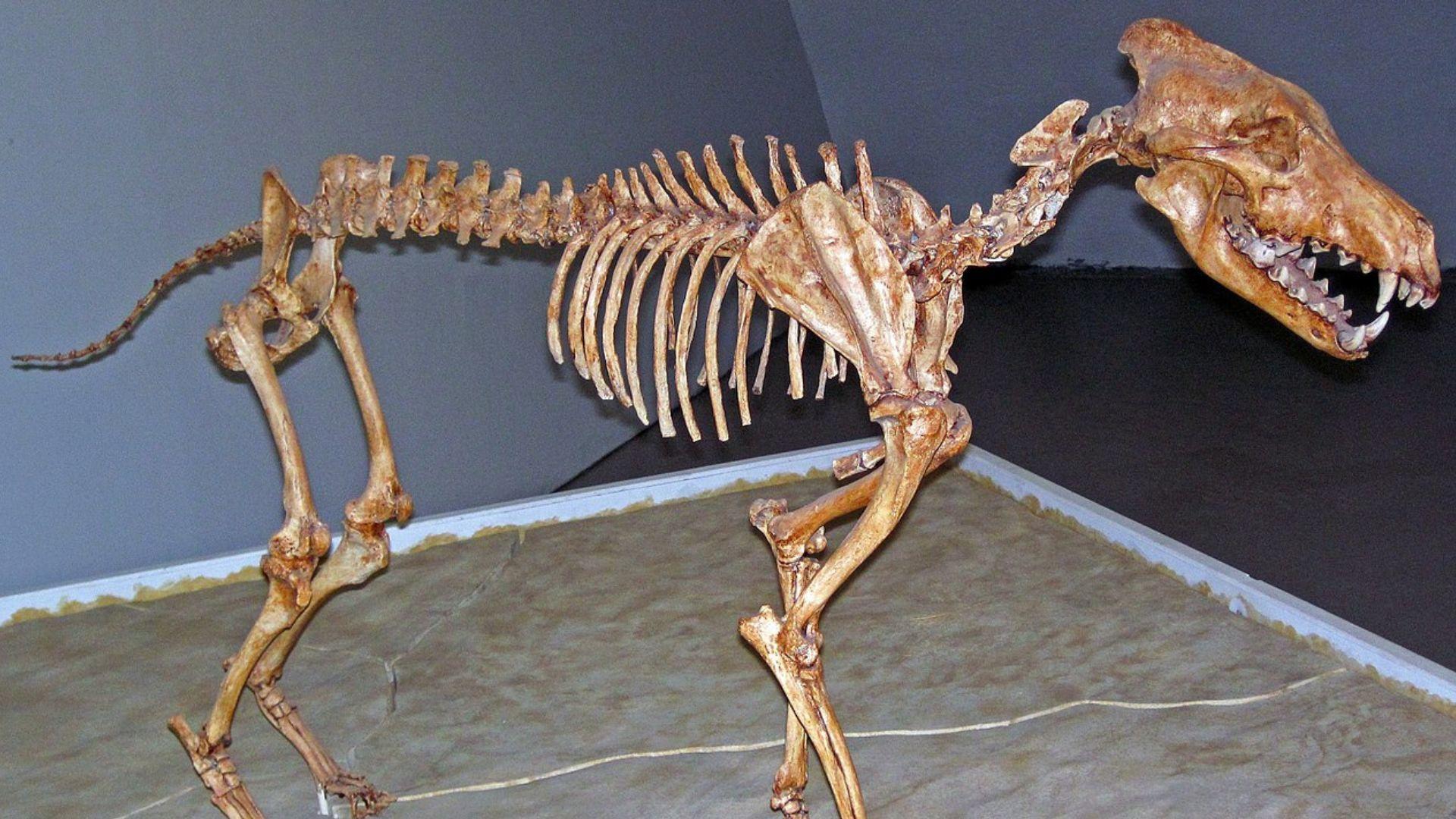
Another species of ancient wolf was the dire wolf.
Dire wolves populated much of north America and only died out as recently as 9,500 years ago. They were similar in size to modern grey wolves, but with bigger, sharper teeth.
New Wolf Species
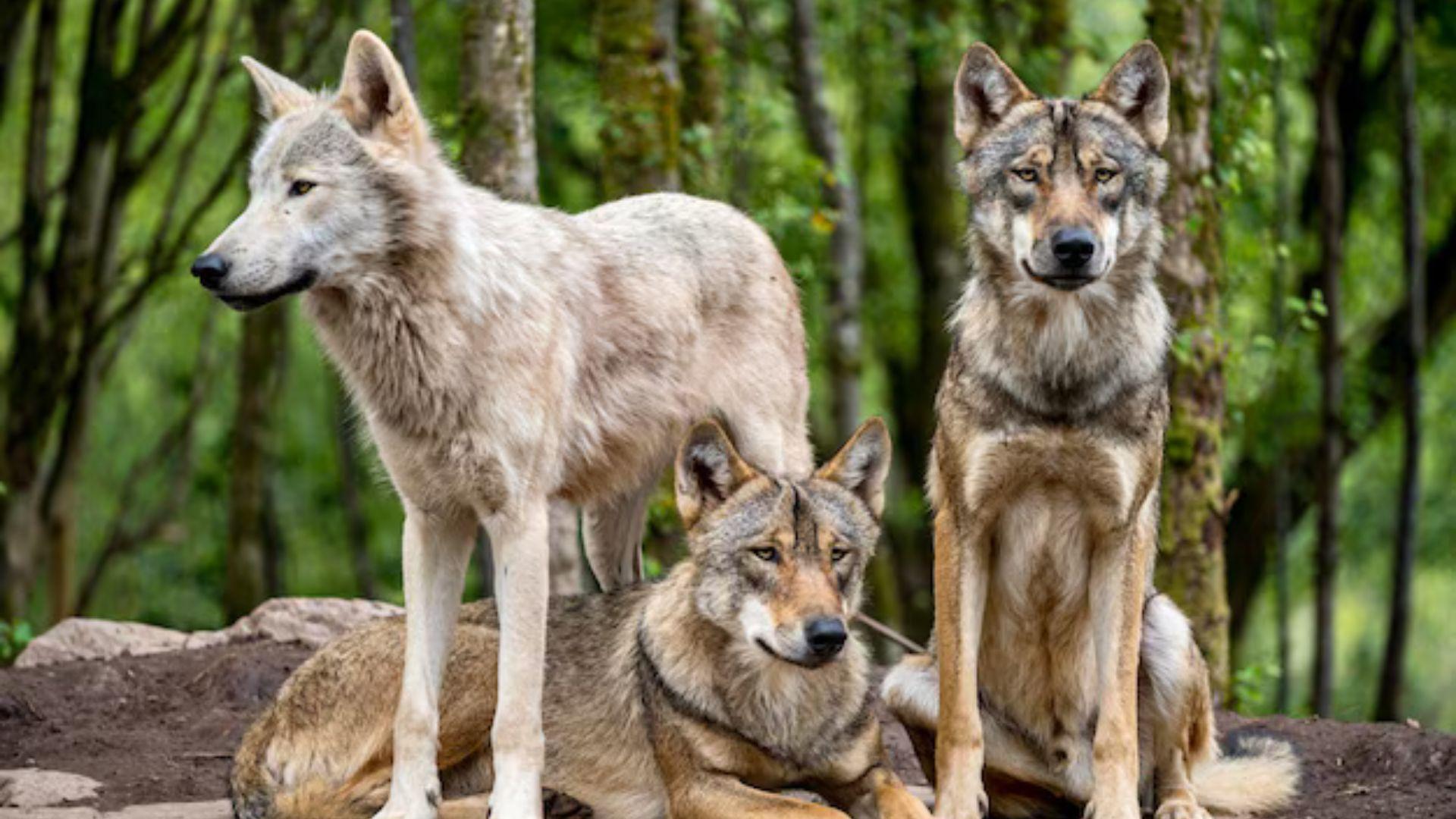
The new species of ancient wolf now discovered in Siberia adds to the family tree.
This wolf is both bigger and older than the dire wolves discovered and may tell us much about how they are related.

